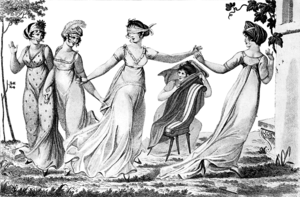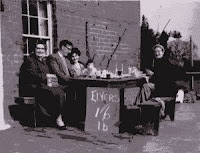Welcome (back), Blythe Gifford
In The Master's Bed by Blythe Gifford Available Now! She's disguised as a man in a place where women are forbidden. Now, she's met a man who, for the first time, makes her want to be a woman. What will happen when he discovers her secret and she's discovered IN THE MASTER'S BED? Welcome Blythe! This is your fourth, fourteenth century medieval. IN The MASTER’S BED is set in Cambridge , England in 1388. Is there a particular reason you chose that setting? The book is a spinoff from The HARLOT’S DAUGHTER. It’s the story of the sister, or the harlot’s other daughter, as I like to say. I knew I did not want a large gap between the stories, so this one starts just after the epilog of the previous book. The location, however, did change. I knew I wanted Jane, my heroine, to run away disguised as a boy to study at University, but I originally planned for her to go to Oxford . As the story took shape and my research broadened to include the back-story ...








